I'm using a BJT in emitter-follower configuration to control the current flowing through a high voltage load (170 V DC). The base is connected directly to an analog output of a BH2221FV DAC.
During normal operation the current through the HV load is Ic = (Vb - 0.6) / R1 (Ic = 4.4 mA max - Vb = 5 V max) and the base current is a few microamps, but if the load fails and the collector is left unconnected the base current rises up to 2 mA, far beyond the maximum allowed by the DAC output (1 mA).
There is a way to limit the current in such a case without affecting the normal operation? Should i put a base resistor and, if yes, in which way must be calculated?
Thanks!
